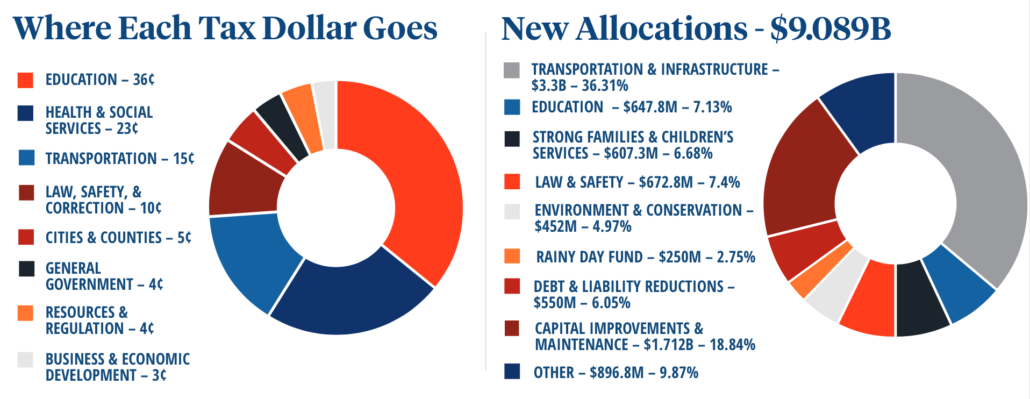One hundred and seventy student-delegates, teachers and co-op advisors from across Tennessee are headed to Washington, D.C., as a part of the 2023 Washington Youth Tour. The annual event, which begins today, provides young leaders with an opportunity to explore the nation’s capital, learn about government and develop their leadership skills.
The Washington Youth Tour is sponsored by the Tennessee Electric Cooperative Association and local electric cooperatives from across the state. Students were selected for the trip by writing a short story titled “Co-ops Connect” that explains how co-ops connect Tennessee communities with energy, education, broadband, economic development and more.
Delegates on this year’s trip will visit museums and monuments, including the Smithsonian museum complex, the White House and the Capitol Building. The group is also scheduled to meet with members of Tennessee’s Congressional delegation.
“The Washington Youth Tour is more than just a trip,” says Todd Blocker, vice president of member relations for the Tennessee Electric Cooperative Association and tour director. “It’s a transformative experience that ignites a love of history, inspires leadership, and empowers young minds to shape the future. Witnessing the awe-inspiring monuments, engaging with our nation’s leaders, and connecting with a community of peers, youth tour can cultivate a lifelong passion for active citizenship.”
President Lyndon Johnson inspired the tour in 1957 when he encouraged electric cooperatives to send youngsters to the nation’s capital. In the years since, more than 6,000 young Tennesseans have been delegates for the Washington Youth Tour. Politicians, business leaders, authors and athletes are Washington Youth Tour alumni, including Apple CEO Tim Cook.
“If you’ve ever been on youth tour, you know the positive impact it has on the lives of these young adults,” says Blocker. “It’s always exciting to watch them grow, learn and lead throughout the course of the trip.”


 NASHVILLE –Tennessee Valley Authority recently announced that Mike Knotts, CEO of the Tennessee Electric Cooperative Association, will serve on its Integrated Resource Plan working group.
NASHVILLE –Tennessee Valley Authority recently announced that Mike Knotts, CEO of the Tennessee Electric Cooperative Association, will serve on its Integrated Resource Plan working group.




